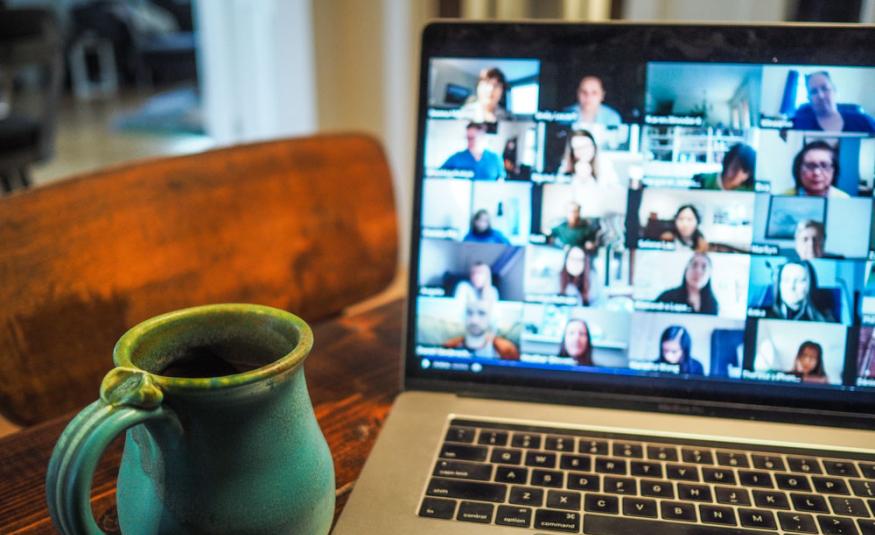US event organiser Unbridled hosted a webinar providing some top tips for hosting a standout virtual event. Stuart Wood breaks it down.
US-based event organiser Unbridled recently hosted a webinar sharing some tips for staging high-quality virtual events.
‘Elevate your virtual event: new insights and best practices for 2021’ was informed by a number of virtual events which the company hosted during 2020. Chief among these was LPL Virtual Focus, a digital version of its financial services event, which attracted 10,000 attendees in August 2020.
Unbridled’s chief solutions officer Tim Woodring ran through some key lessons they learned from taking the leap into virtual, while fielding questions from the digital audience. EW rounds up some of these tips below.
1. Data can be more valuable than money
Unbridled made the decision not to charge for LPL Virtual Focus the first time around, as they were unsure how people would initially perceive the value of a virtual event. Allison Cooper, vice-president of conference experiences, says this was the correct decision in retrospect.
“The data we gathered from opening the event to everyone was in many ways more valuable than the money we would have received from charging a small registration fee,” she says. “Getting accurate information about what your demographics are, and how people are digesting your content, is crucial.”
2. Take people on a journey through the event
Woodring made the point that people’s attention spans are much shorter in a digital environment than in person, and that distraction is only ever one email or text away. To help guide people through LPL Virtual Focus, Unbridled broke the three-day event down into bite-sized pieces of content.
This content could be consumed at any time on the event’s platform, which was open across the three days. Attendees were funnelled into a two-hour chunk of ‘main stage’ content on each day, but were regularly encouraged to check out breakout rooms for more information on a topic that was touched on briefly.
3. Navigation is key
In addition to breaking up content into digestible pieces, navigation around your virtual environment needs to be seamless. Dividing breakout rooms and extra content based on people’s business purposes was one tip recommended by Unbridled. They asked their attendees, ‘what do you want to get out of this event?’, and then pointed them towards content suited to them.
4. Pace, variety, duration and flow
In order to keep virtual events fresh, an understanding of pace, variety, duration and flow is needed. Unbridled account manager Sabrina Osheroff says the company looked to cable TV for some pointers as to how they could keep their viewers’ attention for extended periods of time.
5. Purpose, then platform
There are a large number of platforms out there for virtual events, and growing by the day. Understanding the purpose of your event is important before picking one, as they are all suited to different needs. Some feature a heavier focus on networking, while others put emphasis on video content.
6. Expect the best, but plan for the worst
Osheroff says that during one virtual event she hosted in 2020, the main speaker was based in Dallas, Texas, during the widespread power outages which affected the state. “We thought it could be a problem, and we had a plan in place to adjust the event schedule, move the speaker to the next day, and let everyone know ahead of time,” she says. Having a backup plan in case of technical difficulties or unexpected gaps in programming is crucial for a seamless experience.





